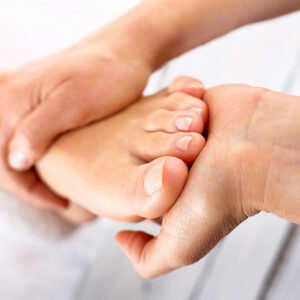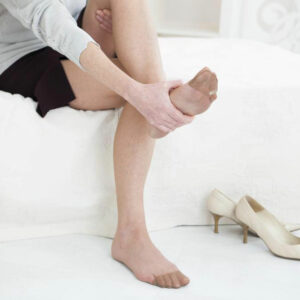
01
All about Toe Pain Relief
Arthritis can be one of the key causes of toe pain. Arthritis is mainly a disorder of the joints due to inflammation of one or more of the same. There are more than hundred different types of arthritis, and arthritis in the toe is one among them. Arthritis in the toe is often associated with joint pain or arthralgia. However, the source of the pain can be a number of other factors too. The pain can either be a direct consequence of an injury or an abnormality in the toe. The skin on and around the toe, the blood vessels and nerves in it, the soft tissues, bones, and so on are prone to getting injured due to movement or locomotion. Athletes are more prone to getting their toe injured. Symptoms of pain in the big toe It is rightly said that small things can get us into big problems. Here are a few symptoms of pain in the big toe: A feeling of numbness in the toes, a burning sensation, or experiencing warmth around the area can make you consider toe pain. If you get your big toe injured, you will have immense trouble and discomfort as you walk. There is bound to be swelling if there is a hairline crack or similar issues. Painkillers can temporarily relieve the pain, but it is important to consult a doctor for permanent toe pain relief. Misalignment of bones or a fracture can cause immense and writhing pain. Needless to say, you’ll be unable to walk with such pain. A tender feeling in the toe or even a discoloration or bruise can be seen. Bumps are common due to ingrown toenails, corns, and so on. Etiology of toe pain Unhealthy and ingrown toenails, blisters, bunions, corns, cuts, calluses, and scrapes are some of the most common causes of toe pain.
Read More 










